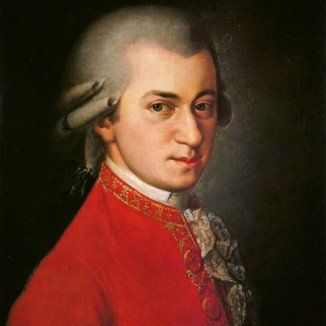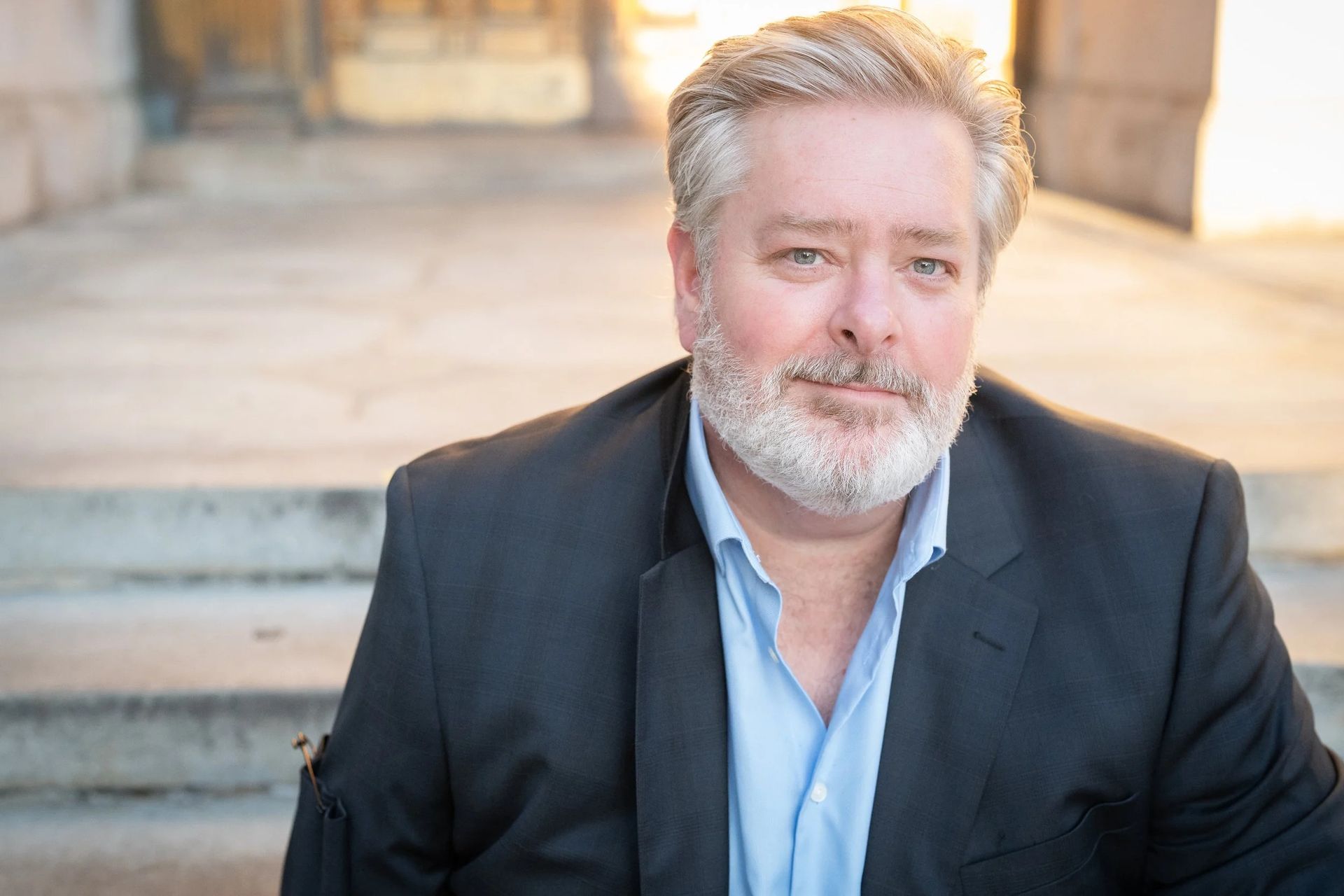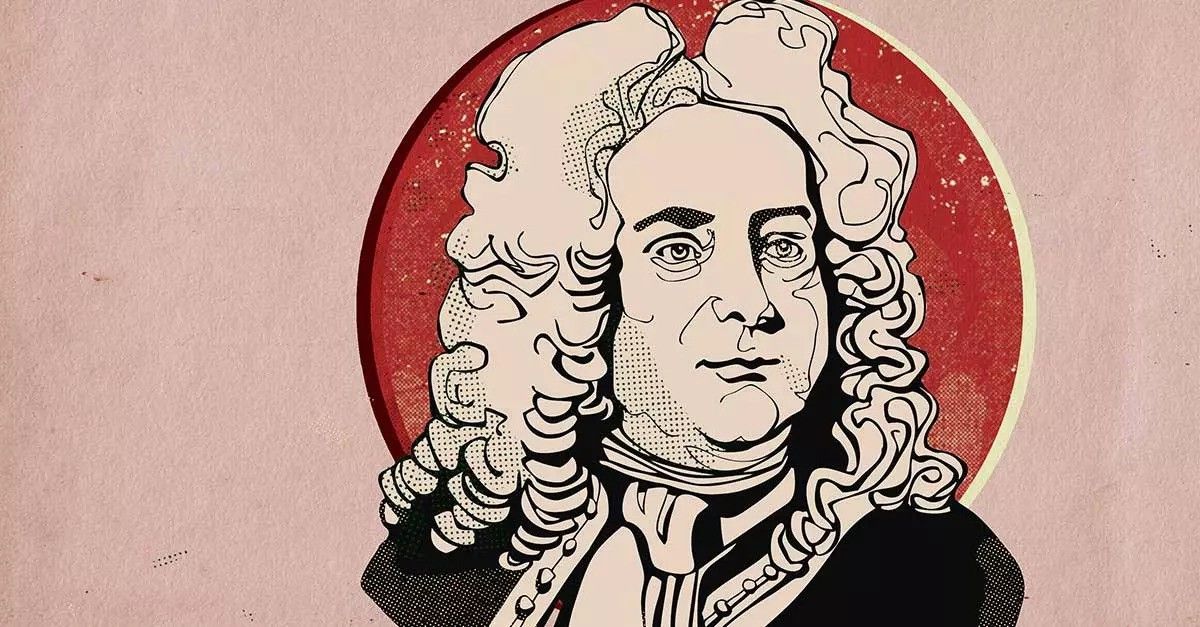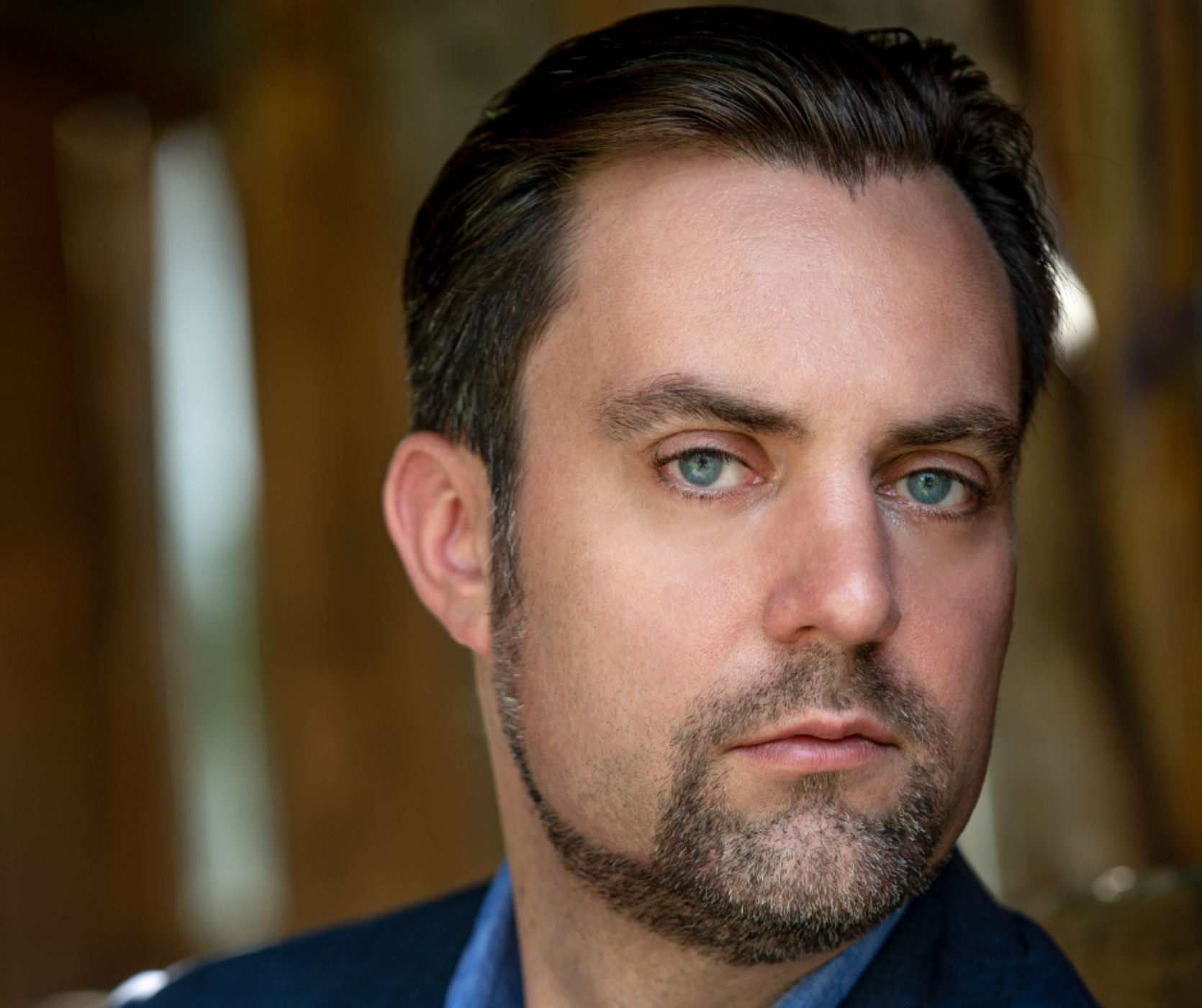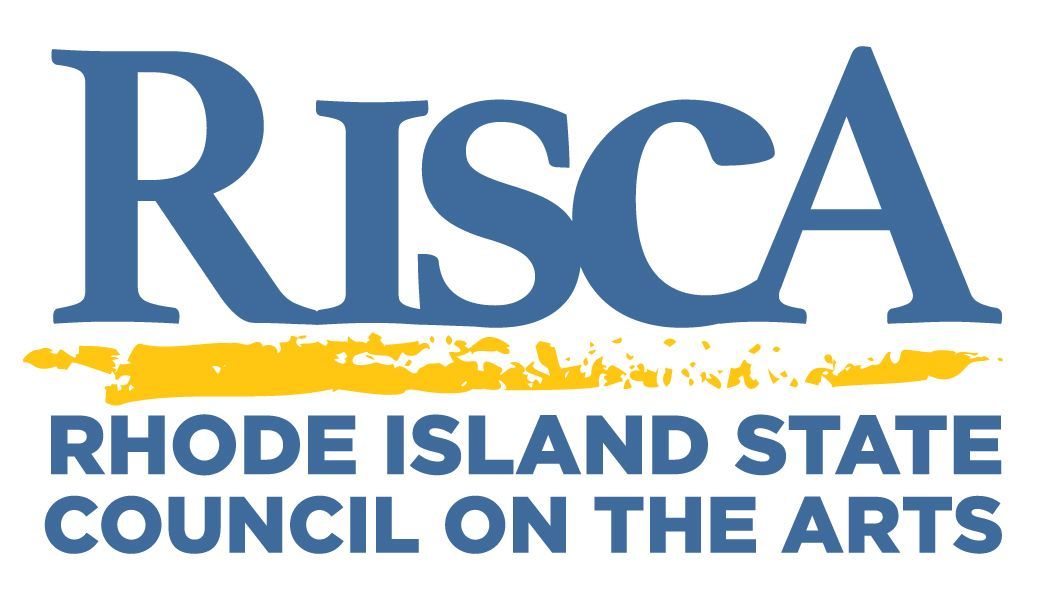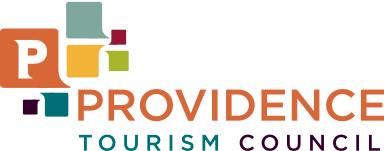THE STORY BEHIND: The Magic Flute: Overture
Share
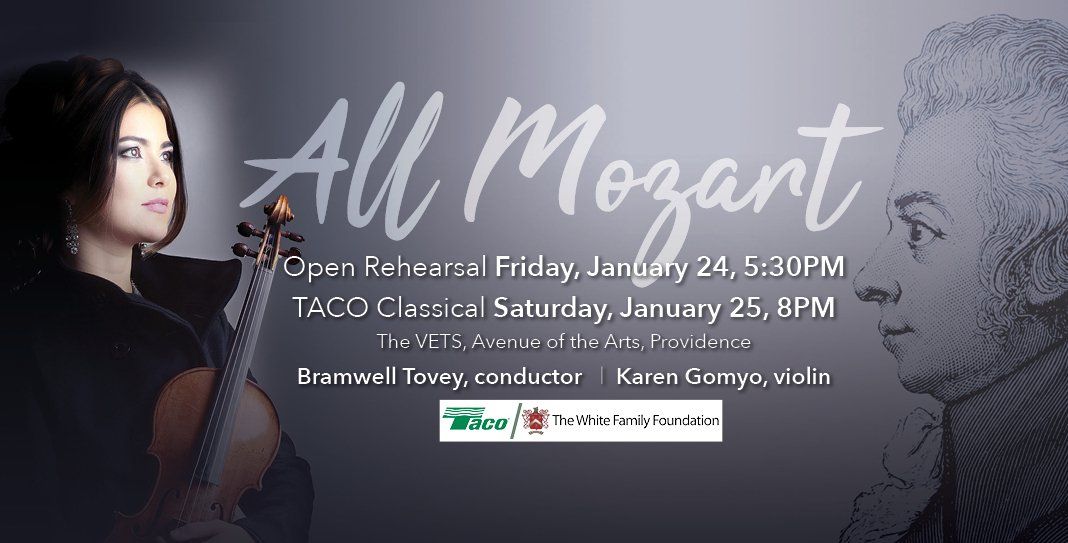
On January 25, Karen Gomyo will join Bramwell Tovey, the Rhode Island Philharmonic Orchestra & the Rhode Island Philharmonic Youth Symphony Orchestra to perform a special program featuring music composed by Wolfgang A. Mozart.
THE STORY BEHIND: The Magic Flute: Overture
Title: The Magic Flute: Overture, K.620
Composer: Wolfgang A. Mozart (1756–1791)
When was the last time the Rhode Island Philharmonic played this piece: February 22, 2014
Orchestration: The piece is scored for two each of flutes, oboes, clarinets, bassoons, horns, and trumpets, three trombones, timpani and strings.
Special Note: This piece will be performed by a combined orchestra including the Rhode Island Philharmonic and members of the Rhode Island Philharmonic Youth Symphony Orchestra. This marks the first time students have played on a Saturday Classical Concert with the RI Philharmonic Orchestra.
The Story:
Scarcely more than two months before the death of Wolfgang A. Mozart, his last opera, The Magic Flute, was produced in a small theater in Vienna. The work was a collaboration between Mozart and his fellow Mason, Emmanuel Schikaneder. At the time, the Freemasons included artists, intellectuals and other “free thinkers.” Gatherings were outlawed in Catholic countries, but there was a limited tolerance around Vienna at the time.
Much has been made of the Masonic content of The Magic Flute, particularly about the ritualistic use of the number three. Mozart makes his “Masonic key” of E-flat (a signature
of three flats) the main key of the opera and of its overture.
The overture opens with a grand, three-fold fanfare. Following that, a mysterious introduction leads quietly into the Allegro. Listen now to the comic theme in the violins. Listen to it come back again and again. Mozart is building a fugue on this brilliant, comic main theme. After a while, Mozart brings back the three-fold fanfare of the opening, but in the rhythms of a Masonic initiation. Then he plunges his comic fugue theme into a “journey” that finally leads back to the home key, a re-affirmation of the main theme,
and an ending on three big unison notes.
Program Notes by Dr. Michael Fink © 2019 ALL RIGHTS RESERVED

